Description
Dianthus Spring Beauty Mixed
Dianthus Spring Beauty Mixed. A stunning cottage garden perennial producing fragrant extra-large semi-double fringed flowers in Salmon, rose, red, violet, white, lilac and pink.15-30cm. Works well for edging, in the front of the border, used as a ground cover plant, for rock gardens and to interplant in rock walls.
Cultivation Advice
- Start seeds indoors in early spring or sow directly in the garden after the last frost, usually in late spring or early summer.
- Opt for a sunny location with well-drained soil for planting.
- Ensure well-draining soil by adding organic matter like compost to enhance fertility and drainage.
- Aim for a neutral to slightly alkaline soil pH level (around 6.0 to 7.5).
- Sow seeds thinly on the soil surface and cover lightly with a fine layer of soil. Maintain spacing of about 15-30cm between plants.
- Keep the soil consistently moist during the germination phase. Once established, Dianthus is moderately drought-tolerant.
- Water at the base of the plants to prevent wetting the foliage.
- Apply a balanced fertilizer before planting and top-dress with compost during the growing season for healthy growth.
- Apply mulch to retain soil moisture and suppress weed growth. Regularly remove weeds around the plants to minimize competition.
- Deadhead spent flowers regularly to encourage continuous blooming. Prune back the plant after flowering to maintain shape and promote new growth.
- Monitor for pests like aphids or caterpillars. Use organic pest control methods or remove affected parts.
- Dianthus is generally resistant to diseases, but good air circulation helps prevent issues.
- Mulch around the base to protect roots during winter. In severe cold, consider providing additional cover or moving container-grown plants indoors.
- Dianthus Spring Beauty Mixed makes lovely cut flowers. Regular deadheading and occasional division maintain plant health and vigor.
- Ideal for borders, containers, or as edging in garden beds. Their colorful blooms add vibrancy and fragrance to the garden.
- Pair with other sun-loving perennials or annuals for a colorful and diverse garden display.
- Dianthus flowers attract pollinators like bees and butterflies, contributing to garden biodiversity.
- With proper care, Dianthus can thrive as a perennial, providing beautiful blooms year after year.
- Dianthus thrives in full sun, requiring at least 6 hours of sunlight per day for optimal growth and flowering. Insufficient sunlight may lead to fewer blooms.
- Well-draining soil is crucial to prevent root rot. Amending heavy clay soil with sand or perlite aids drainage.
- Consider using raised beds or containers if your garden has poor drainage.
- Dianthus is adaptable to various climates but generally prefers moderate temperatures. It can tolerate mild cold but may suffer in extreme heat.
- While moderately drought-tolerant, consistent moisture is beneficial. Water deeply but infrequently, allowing the soil to dry slightly between waterings.
- Avoid waterlogging, which can lead to root rot.
- Dianthus doesn’t require heavy feeding. An application of a balanced fertilizer in spring helps promote healthy growth and blooming.
- Apply mulch to retain moisture and regulate soil temperature. Regularly remove weeds to minimize competition for nutrients.
- Taller varieties of Dianthus might benefit from support to prevent bending or breaking, especially during heavy rain or windy conditions.
- Good air circulation reduces the risk of fungal diseases. Adequate spacing between plants promotes airflow and prevents humidity-related issues.
- Aside from seeds, Dianthus can be propagated through stem cuttings. Take cuttings from healthy, non-flowering stems and root them in a well-draining medium.
- Regularly remove faded flowers to encourage continuous blooming. Deadheading also prevents seed formation, promoting longer flowering periods.
- After the main flowering period, prune the plant to encourage a second flush of blooms. Trim back about one-third of the plant’s height.
- Explore different Dianthus cultivars and varieties within the Spring Beauty Mixed range for a diverse and colorful garden display.
- Many Dianthus varieties have a pleasant fragrance that attracts pollinators like bees and butterflies, contributing to a lively garden ecosystem.
- Pair Dianthus with plants that complement its color palette and sun requirements, creating visually appealing combinations in your garden.
By implementing these additional tips, you can create an ideal environment for Dianthus Spring Beauty Mixed, ensuring healthy growth, prolific blooms, and a charming addition to your garden space.




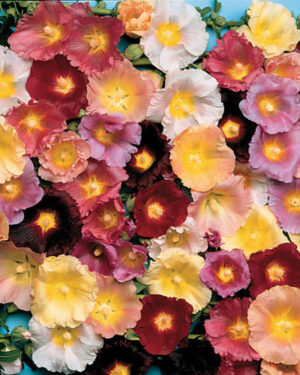
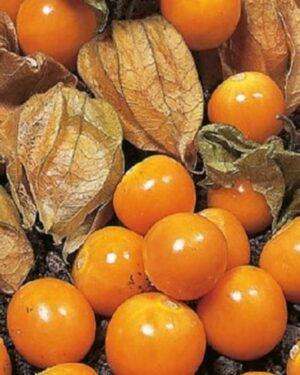
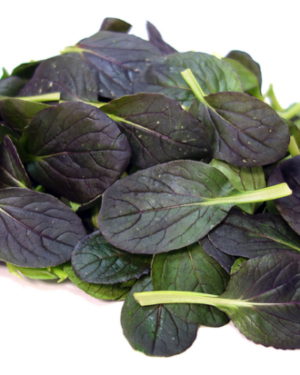
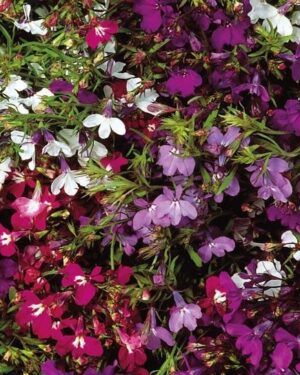
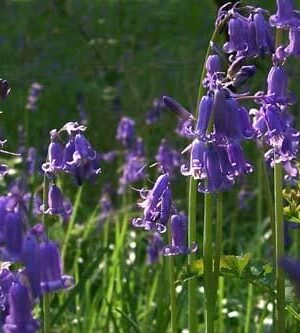
Reviews
There are no reviews yet.